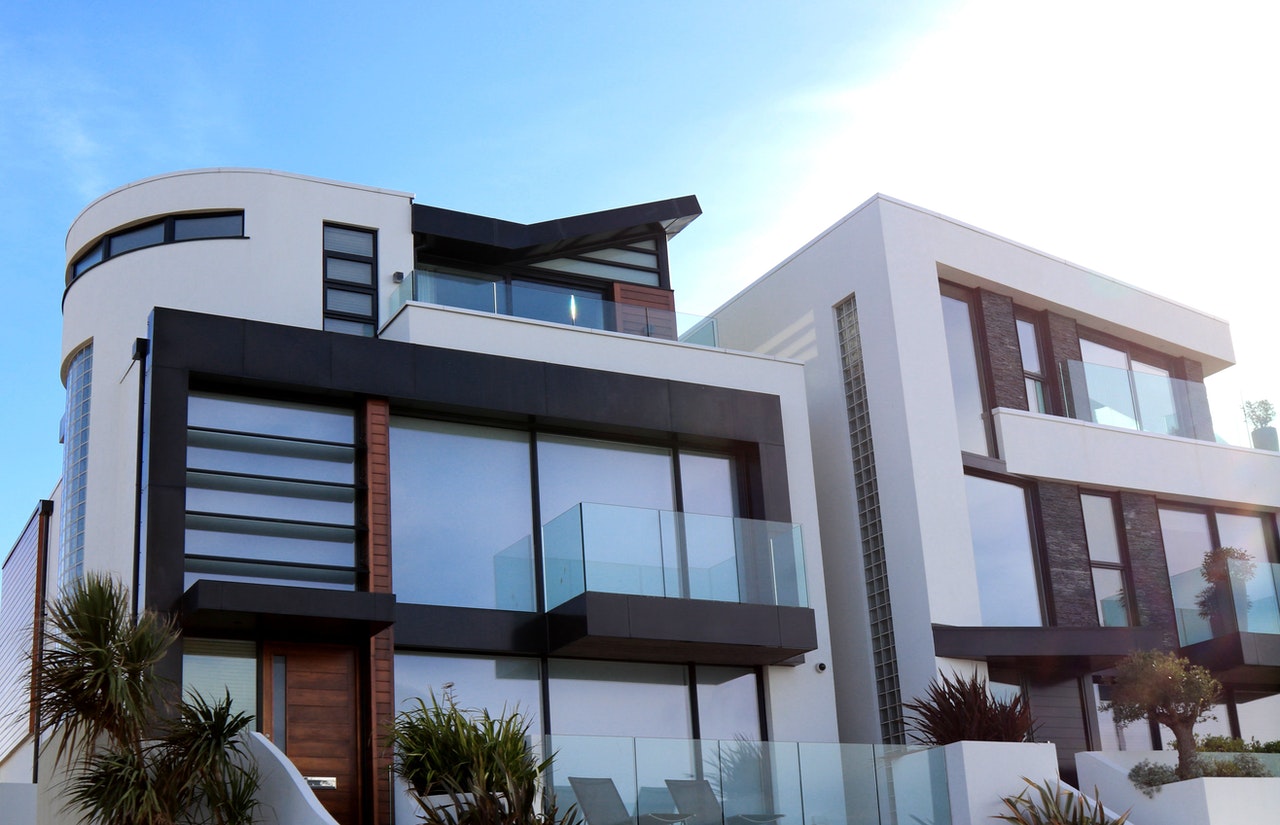There is no denying that our homes and overall health are closely related, linked, and connected. Perhaps, there is no more telling evidence than the past year when we spent almost 99% of our time cooped up in our homes, afraid of what it might mean to our health when we step outside. So, what did we realize by spending much of last year in our homes? That the quality of the homes we have has a direct impact on our health, both physically and mentally.
Healthy homes promote good physical and mental health. How do you feel when it is time to go home? Do you feel safe traveling from your work to your home? When you’re inside your bedroom, do you feel protected? Do you wonder if someone is lurking nearby or if your house can stand the snowstorm, perhaps?
Good health depends on homes that are safe and free from physical hazards. That is why you should invest in the security of your home. You have to make sure that you and your family are safe and healthy there. Otherwise, what will be the point of you breaking your backs at work to pay the mortgage?
Security Is a Need
Maslow’s Hierarchy of Needs puts safety as one of the factors to achieving self-actualization. Safety encompasses personal security, employment, resources, health, and property. The first thing you have to do for your home to ensure you’re protected is to secure the property. How can you do that?
Technology has gone a long way toward protecting properties. The use of close-circuit cameras has been successful in deterring burglars and other types of criminals. More durable materials for the fence have also made it impossible for ordinary criminals to cut through it. If you want to ensure your property’s safety, invest in an aluminum fence panel because it is sturdier than any other type of material.
Physical Health Is Tied to Intelligence and Disabilities
Studies showed that children living in low-quality housing have more unsatisfactory grades in school. They are also having a more challenging time coping with the schoolwork. Even their social interactions suffer because of the insecurity they feel living in poor-quality homes. This is the reason why quality housing is an important issue in society. As long as there are inadequate housing facilities for lower-income families, the fate of these children will continue.
So, what could be the problem with low-quality homes? Most of these homes were built 50 to 60 years ago. Back then, they used asbestos and lead paint for the construction of these homes. Both of these can irreversibly affect the brain and nervous system, which can result to lower intelligence and reading disabilities in children.
But these are not the only problems that low-quality homes pose. Problems like water leaks, poor ventilation, molds, pest infestation, and other allergens are common in substandard homes. Together with indoor conditions that are either too hot or too cold, these can lead to poor health in children and the elderly.
More, lower-income families tend to live all together in one housing. You can find as many as seven people squeezed in a two-room apartment. Residential crowding is a huge problem because it results in the spread of respiratory problems, infections, and psychological distress.
Stress Might Be the Most Important Determinant

But above everything else, stress factors in the home are the leading causes of poor health in individuals. Children, in particular, suffer when there are marital problems at home. They often perform poorly in school when their parents fight all the time. It’s the same for the parents, who usually bring their marital problems to work. In some cases, this often leads to them being fired from work.
Financial problems at home can become a stress factor, too. During the lockdown last year, many people lost their jobs. They are unsure how they can buy food and pay the bills, mortgage, and many other things. The lockdown more than caused physical and emotional distress to people. It also ruined marriages as many of the problems rose to the surface and blew up.
You have to make your homes a haven for your physical, mental, and psychological health. When you feel physically safe at home, you will be more attuned to your health. You are more likely to notice if there symptoms that can point to undiagnosed medical conditions, among other things. Simple things like using bright lights, cleaning the rooms, and consciously creating a less stressful environment will go a long way toward improving your living conditions and, thus, your health.